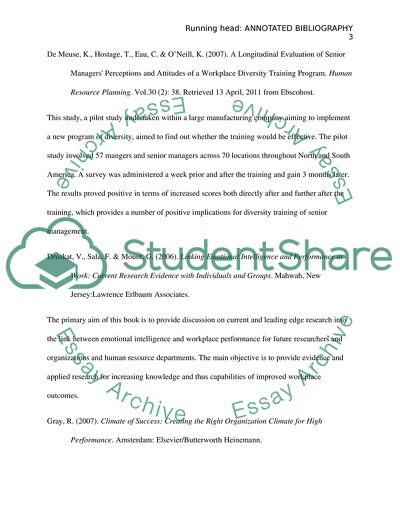Cite this document
(Analysis of Articles about Human Resource Development Annotated Bibliography - 3, n.d.)
Analysis of Articles about Human Resource Development Annotated Bibliography - 3. Retrieved from https://studentshare.org/human-resources/1750802-annotated-bibliography
Analysis of Articles about Human Resource Development Annotated Bibliography - 3. Retrieved from https://studentshare.org/human-resources/1750802-annotated-bibliography
(Analysis of Articles about Human Resource Development Annotated Bibliography - 3)
Analysis of Articles about Human Resource Development Annotated Bibliography - 3. https://studentshare.org/human-resources/1750802-annotated-bibliography.
Analysis of Articles about Human Resource Development Annotated Bibliography - 3. https://studentshare.org/human-resources/1750802-annotated-bibliography.
“Analysis of Articles about Human Resource Development Annotated Bibliography - 3”. https://studentshare.org/human-resources/1750802-annotated-bibliography.


